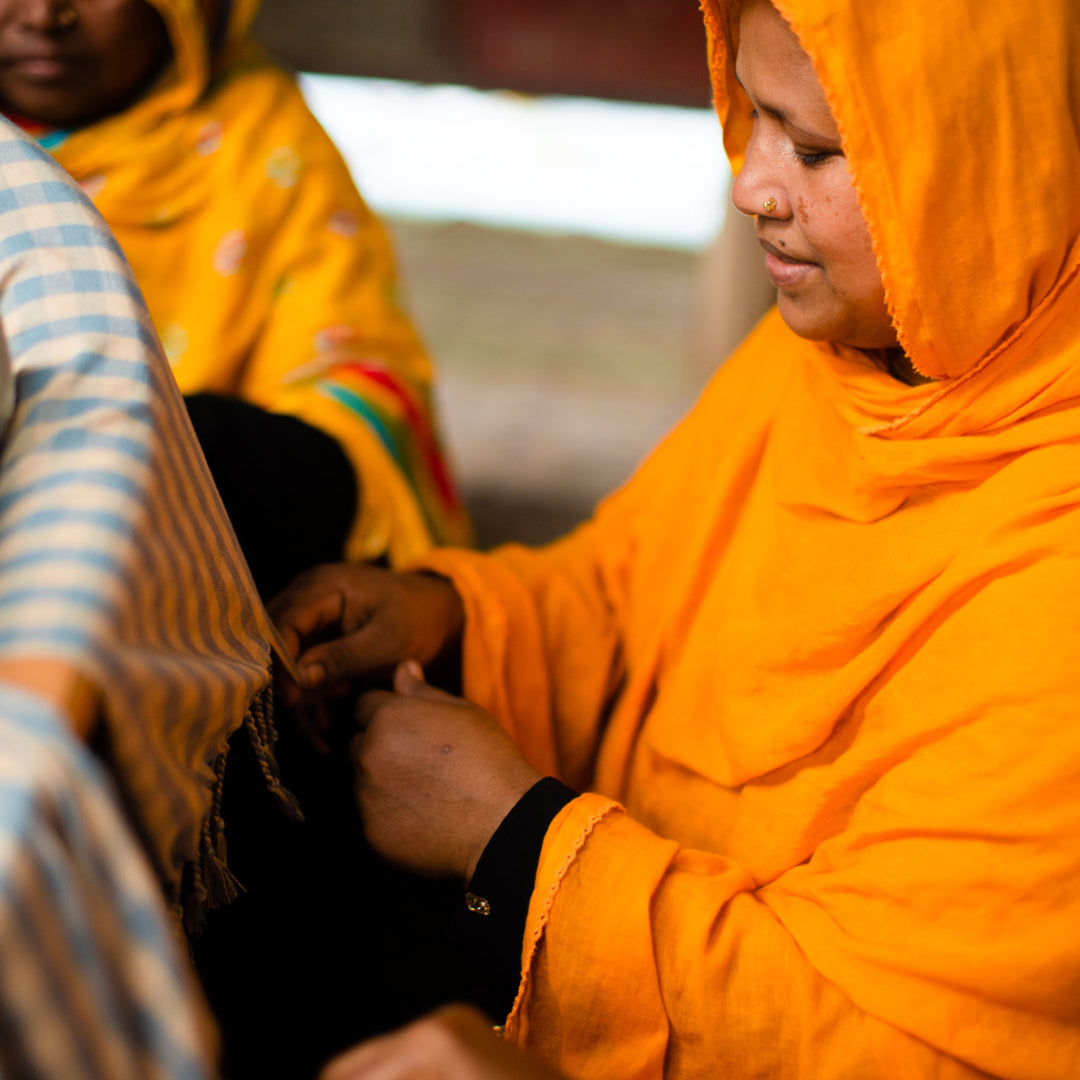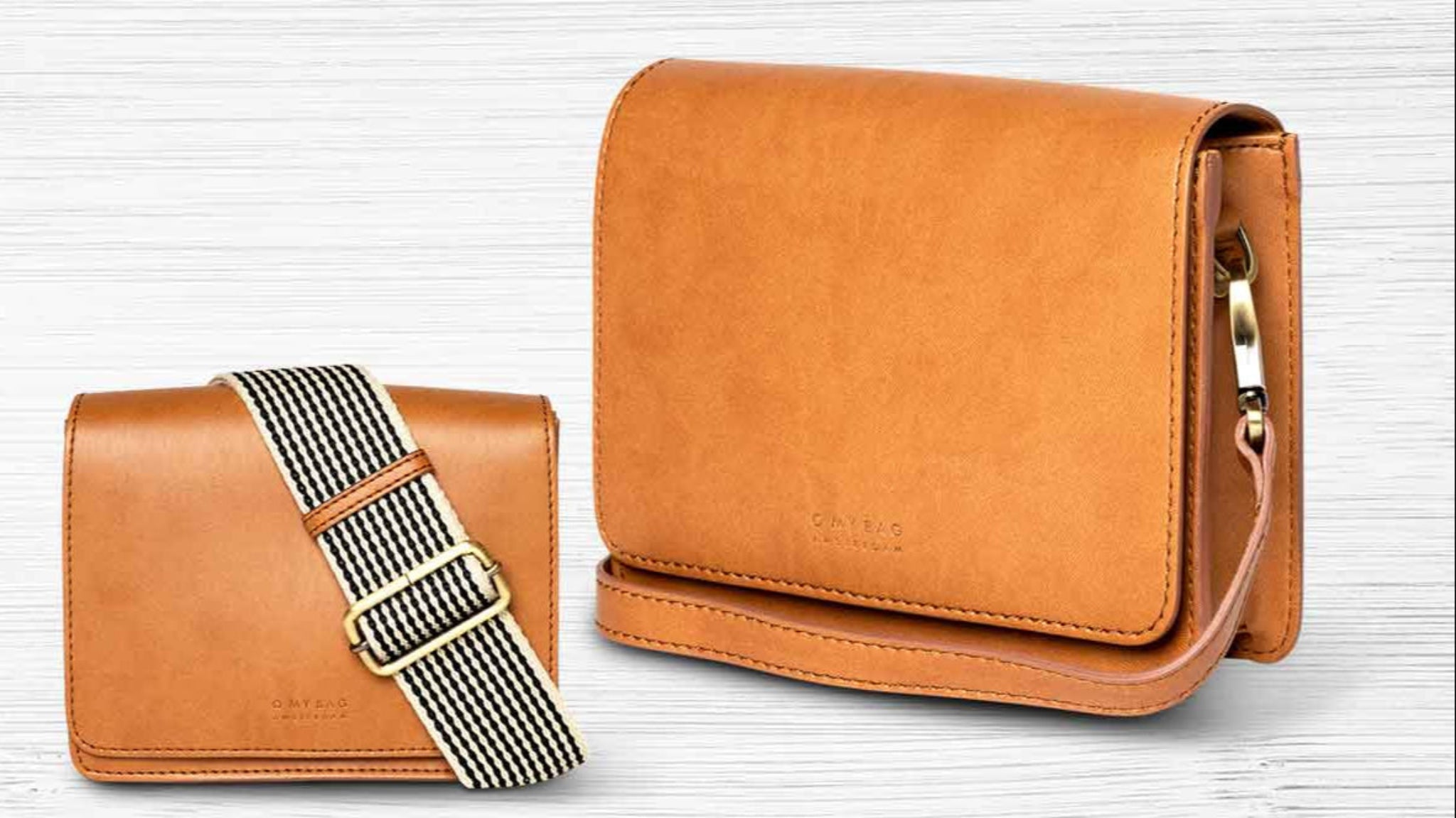
[Image: Cedric Varcoe paints a vibrant artwork]
Have you ever wondered how Aboriginal artists get paid for the use of their designs on products such as wall hangings, cushions, tableware, stationery and accessories? We're here to take the mystery out of royalties.
Why royalties are important
Royalties can be a very effective way for artists to earn an income. It is common for artists to receive more income from their royalties than for the sale of their original artworks. This is because there is a wide range of products the art designs can be printed, painted or stitched onto, and it is possible to produce large quantities of each product, therefore increasing potential sales. Royalties create a passive income stream for artists, providing an alternative to mainstream employment. For many of the artists, royalties are the only regular sustainable income they generate.
How are royalties calculated and paid?

[Photo: Warlukurlangu Artists]
Royalties are calculated as a percentage of the total sales for each artist's design. The actual figure paid to artists cannot be published because there are confidential license contracts between the suppliers and the artists, as is the norm with all contracts between any two parties. However the royalties paid are above average for the industry.
Artists receive the royalty payments monthly. For artists that have agreements with Better World Arts, the artists receive payment for original paintings on the alternate fortnight of each month. The alternation of royalty and painting payments gives the artists a fortnightly income.
Other benefits of artist royalties
Royalty payments can continue to provide an income long after the artwork has initially been chosen for a product. Artists are able to nominate family members to receive their royalties after they pass away, enabling their family to have an ongoing income. Better World Arts also enables artists to receive an advance on royalties for travelling to visit family, buying a car, food and other necessities. The advance is repaid in small, steady amounts from incoming royalty payments.
How do you know if Aboriginal art is ethical?
Our Indigenous art suppliers are Better World Arts and Alperstein Designs who are both members of the Indigenous Art Code.
The purpose of this Code is to establish standards for art dealings between Dealers and Artists to ensure:
(a) fair and ethical trade in Artwork;
(b) transparency in the process of promotion and sale of Artwork; and
(c) that disputes arising under the Code are dealt with efficiently and fairly.
Learn more about the Indigenous Art Code here.
Our suppliers ensure:
- The artists always retain copyright ownership of their artwork
- The artists and art centres are consulted with and products have been signed off on before going into production
Where are the artworks made?

[Photo: Warlukurlangu Artists]
The Aboriginal art at The Fair Trader is designed by various artists and artist groups throughout Australia including Warlukurlangu Artists, Papulankutja Artists, the artists of Ampilatwatja, Munupi Arts, Sheryl J. Burchill and Mick Harding.
Where are the products made?

Better World Arts are members of the Fair Trade Association of Australia and New Zealand, and are endorsed by the Fair Traders of Australia. The latter organisation has audited and assessed the business operations of Better World Arts and deems them to be in line with the 10 Principles of Fair Trade, an internationally recognised standard of Fair Trade.
Why aren't all the products manufactured in Australia?

[Photo: Warlukurlangu Artists]
Our suppliers' aim is to facilitate cross cultural projects between Aboriginal artists in Australia and artisans in developing countries in order to generate income for disadvanted groups both in Australia and other parts of the world. Many of the products are made using traditional handicraft techniques that have been handed down through generations in the region where they are made. For example, the wall hangings and clutches are made by artisans in Kashmir using the traditional Kashmiri chainstitch technique. This work is produced in remote villages and provides important supplementary income between harvests and other rural work. The stitching is done by hand using an 'sari', a sharp hooked tool similar to a crochet hook. Incorporating this technique into the product design means that this important cultural skill is preserved.
While some products are made in Australia, at this point in time there isn't the infrastructure in place to manufacture all the products locally. The Fair Trade partnerships with overseas artisans enable Aborginal artists in Australia to expand the range of products that feature their art, resulting in greater royalty payments. Meanwhile, customers can feel good knowing that each purchase is supporting people throughout the entire supply chain and providing much needed income to communities who need it, both in Australia and overseas.
Why don't you teach Aboriginal people to make the same products?
Aboriginal people do not come from a manufacturing tradition, but they do come from a story telling artistic tradition. By working with artisans overseas to make the products, the Aboriginal artists can focus on what they enjoy doing - creating art. We are also very conscious of Intellectual Property (IP) and the handicrafts we work with are the IP of the communities and geographic locations they come from.
View The Fair Trader's range of Indigenous Art and Skincare here.





